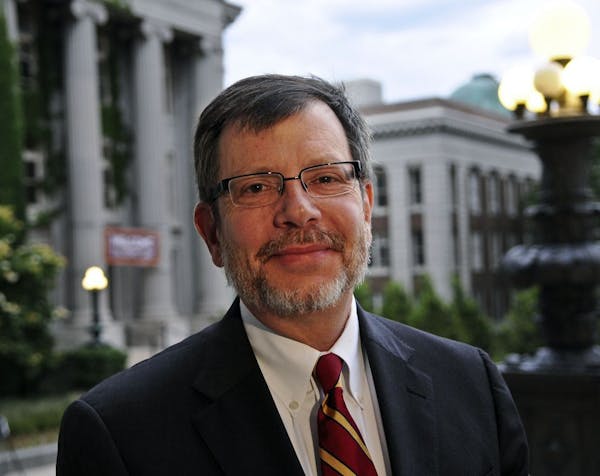College graduates who began their careers during the Great Recession faced several long-term economic obstacles. These included lower earnings, higher unemployment rates and greater career instability -- all of which made it more difficult to buy homes and save for retirement.
It also made it harder to pay off student loans.
The Obama administration had this group in mind when it created the Pay As You Earn Repayment Plan for federal student loans, which allows recent student borrowers to arrange affordable payments and qualify for loan forgiveness.
At least two-thirds of college graduates borrow to complete their undergraduate degrees. And there are now about 37 million borrowers with federal student loans.
The Pay As You Earn program would reach an estimated 1.6 million people. It is limited to people who started borrowing during the recession, who have high debt relative to their incomes and who entered the workforce at the worst possible time.
Since 2009, similar relief has been available for student loan borrowers with the Income Based Repayment program, which also allows for lower payments. But the Pay As You Earn program provides more-generous relief.
According to an analysis by the Institute for College Access and Success, a nonprofit group that monitors student debt, an unmarried student who graduates with loan debt of $26,600 -- the average for student borrowers in 2011 -- and who earns an adjusted gross income of $25,000 a year would pay about $69 a month under the Pay As You Earn plan.
The same student would pay about $103 under the Income Based Repayment program.
Pay As You Earn will also provide significant relief to working people who returned to school for retraining during the recession. An online application makes it easier for borrowers to enroll and also allows them to compare the two repayment programs.
Borrowers who adhere to the payment arrangement can have their loans forgiven after 20 years and can qualify for forgiveness in 10 years if they hold public-service jobs.
Taken together, the two repayment plans offer hope for millions who might otherwise be shackled with student debt all of their lives.
But to reach the right borrowers, the government will need an intensive outreach program that explains in clear language who is eligible for the plans and how they work.
We regulate a tiny fraction of the 12,000 'forever chemicals'
Aid votes show Congress can still work
Readers Write: Cellphones in schools, potholes, child abuse, good journalism


